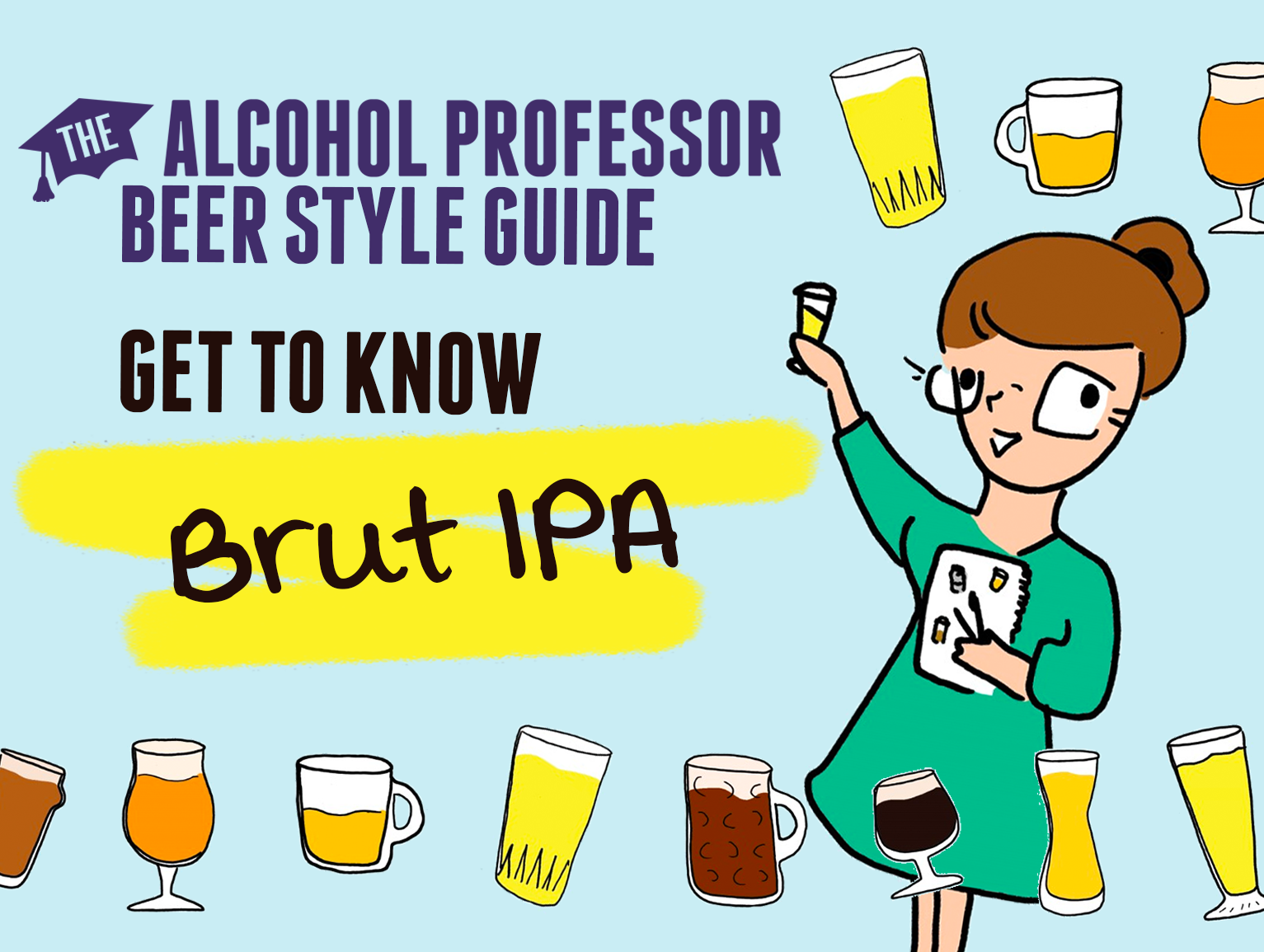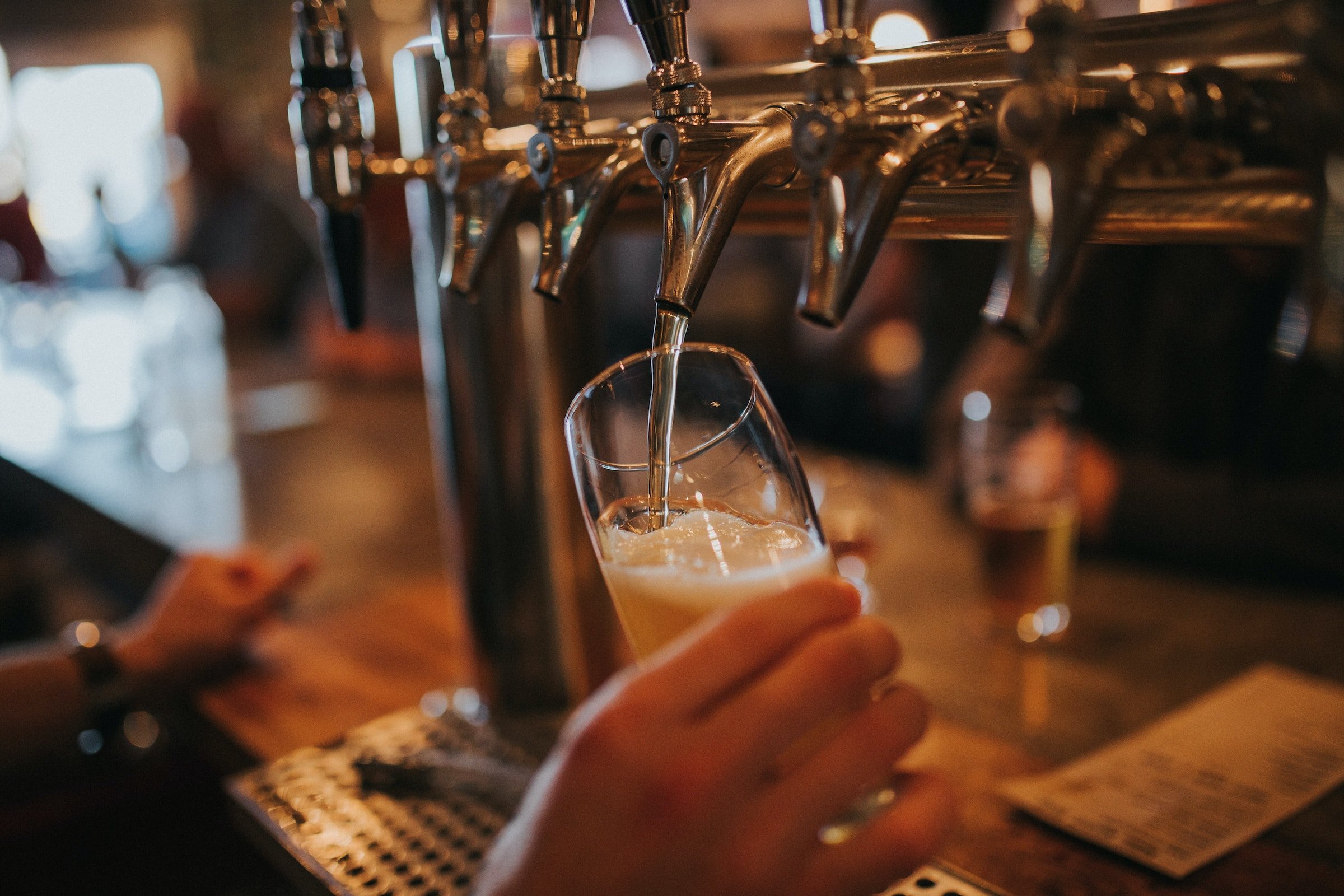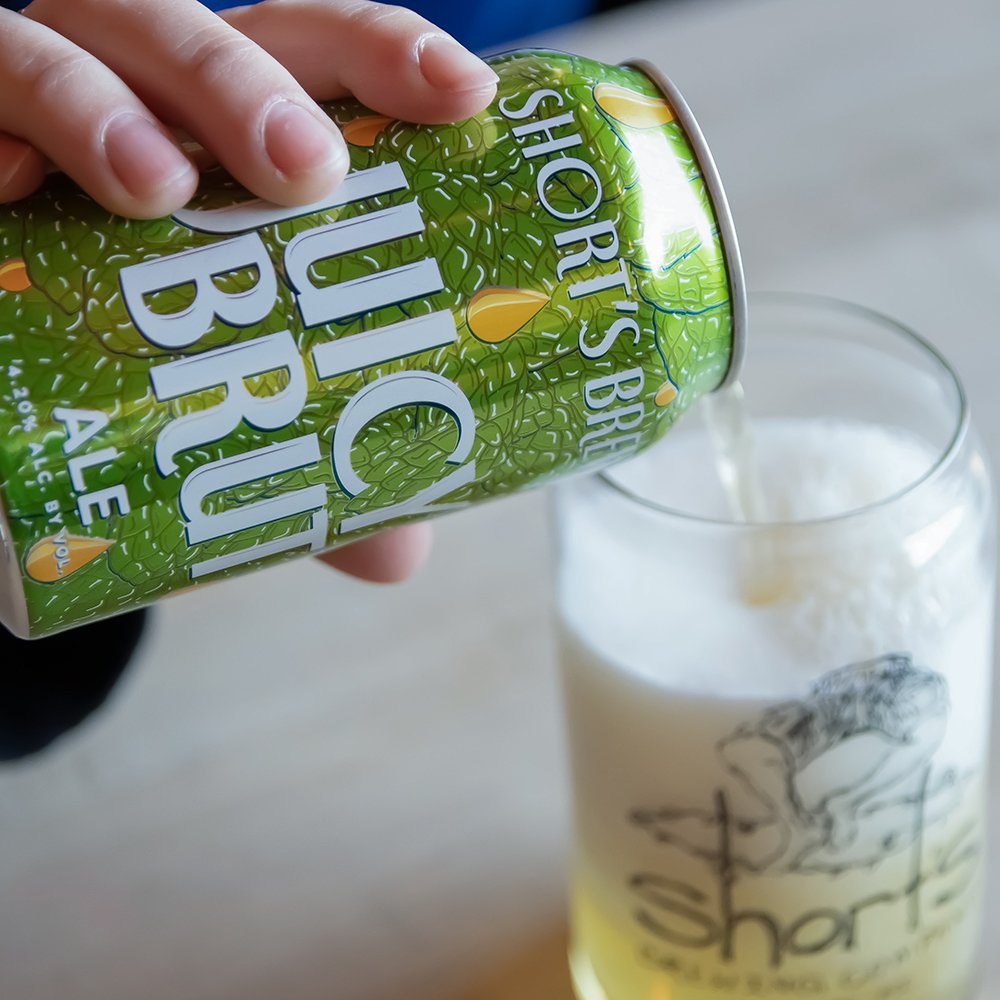Beer Style Guide: Get to Know Brut IPA with Em Sauter
The brut IPA is a dry, unique substyle of IPA which came in like a hurricane in the late 2010’s and upended the whole beer world. For a year, it felt like everyone was talking about this beer style from small brewpubs to the biggest breweries in America. Then, as quickly as it came in, it disappeared, now only made by a select few.
History of Brut IPA
The history of the brut IPA is remarkably cut and dry (pun intended), which I appreciate. It was invented by Kim Sturdavant, who was a brewer at Social Kitchen in San Francisco. His idea was to brew an IPA using enzymes to break up complex sugars to give the yeast more food to make Co2 and ethanol and create a sparkling product that’s very dry with no residual sugars. When I drank this style, it reminded me of an Australian sparkling ale a little bit (see column here).
Sturdavant told me the brut IPA was based on pushing West Coast IPA to what he saw as a logical extreme, but a lot of people see it more akin to those juicy characteristics in a hazy or New England style IPA.
Making Brut IPA
How do you brew a brut IPA? The recipe calls for pilsner malt as well as a little bit of flaked rice and corn. You add enzymes, specifically amyloglucosidase, into the mash about ⅓ of the way in and let the enzymes sit for a bit so the enzymes get to chomping at the sugars. Then you brew the beer as normal. Social Kitchen’s recipe was 100% Mosaic hops but any fruity hop will do well in this style. A neutral ale yeast is used, usually American.
With brut IPA, it’s a real hop show, you’re only going to get hop aroma and flavor here. Since the grist and light malt plus corn/rice, there shouldn’t be a significant malt presence. That goes the same for the yeast profile. Brut IPA has big flavors of tropical fruit, citrus, pine, stone fruit—all the hallmarks of hop character. The beer should be dry and have a large volume of carbonation. As the name “brut” suggests, you’re looking for a champagne-like character.
Food Pairing
Since the carbonation is so massive, brut IPAs make great food beers for greasy or high oil content items as high carbonation cleans your palate after each bite. Foods like tacos, burgers, and fried chicken or a mixed green salad with a lovely vinaigrette (yes beer can pair well with healthy foods too!) all fit this bill.
Beers to Try
Big Gus Brut IPA
Ballast Point Big Gus
Ballast Point knows its way around an IPA so it makes sense they would make a brut IPA for the market. “Big Gus is what happens when we set out to make a clear hazy IPA” is what Ballast Point says on their website and that’s absolutely what brut IPA is.
Your Local Brewpub
Specialty IPAs, especially ones like Brut IPA which are not seen much in the market now are best sought out at local breweries. It’s your best chance to see one of these beers in the wild.
Breweries that used to make the Brut IPA
The Brut IPA is not really made much anywhere now but it was once everywhere! Here are just some breweries that used to make the Brut IPA:
Short’s Juicy Brut
New Belgium Brut IPA
Short’s Juicy Brut
Sierra Nevada Brut IPA (Spring seasonal 2019)
Samuel Adams made a Brut IPA and a rose version
Stone Enjoy By Brut IPA (part of the Enjoy By Series)
Revolution Brut-Hero IPA
Terrapin Hoppin’ Bubbly
Kona Hibiscus Brut IPA
Social Kitchen and Brewery, where the Brut IPA was invented, has also ceased operations. Fun fact— the website Beer Advocate lists and rated 347 different Brut IPAs




